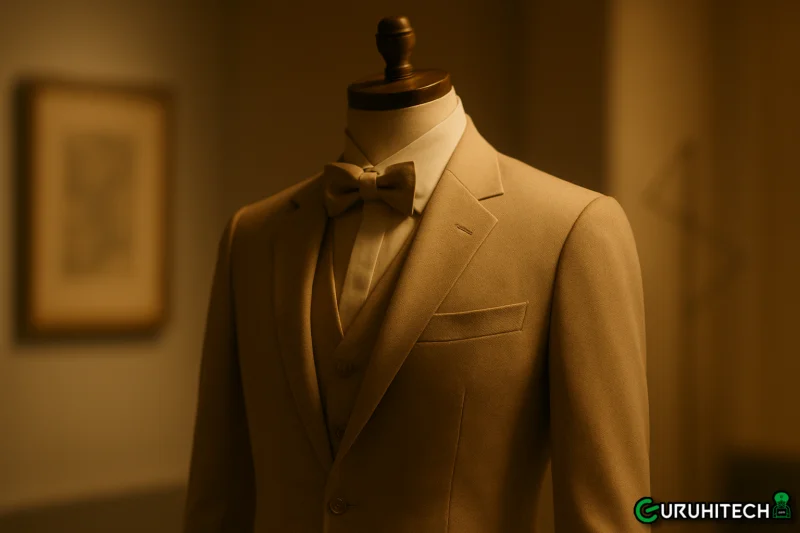Precision Tailoring and Display: Bringing Garments to Life in Static Exhibits

In the context of stage and exhibition work, clothing is far more than an assembly of fabric. It is a craft of proportion, structure, and visual storytelling. Precise tailoring determines whether a garment can convey the character’s essence in a static display v3 game. Subtle shoulder adjustments, the curvature of the waistline, and how a hem distributes weight—all contribute to the audience’s first, visceral impression of a persona.
Professional garment production typically begins with patternmaking. Designers iterate paper patterns and fit sessions grounded in anatomy and character intent. Human fittings are indispensable. Yet there are stages where a consistent, repeatable physical reference proves invaluable. Placing a prototype on a standardized mannequin to observe how folds travel and where the center of gravity settles can prevent discrepancies that would otherwise emerge during exhibition setup.
In practice, some studios employ proportionally stable figures purely for technical verification. These tools assist in confirming seam alignments and drape. Occasionally, artifacts like a Fanreal sex Doll are used in a strictly utilitarian capacity to check placement during prototype evaluation.
Display, lighting, and preservation in the presentation of garments
Beyond tailoring precision, display outcomes hinge upon lighting and support strategies. Curation teams fine-tune posture through subtle adjustments to support points. They alter light angles to emphasize texture, and even use nearly invisible armatures. This creates a “floating” effect that imparts a sense of motion to otherwise static fabric.
By calculating optimal display heights and sightlines, essential silhouettes read consistently at varied viewing distances. This ensures that the garment communicates its intended shape from both close inspection and gallery vantage points.
Long-term display requires careful conservational planning as well. Preventative measures—moisture control, UV filtration to prevent fading, and periodic checks on internal supports—are essential. They sustain a piece’s structural integrity over prolonged exhibition periods.
For garments intended to depict unusual body shapes or nonstandard proportions, curators often utilize multiple reference forms during final adjustments. In select staging projects, a reallady doll has been used as a one-off fitting reference. This tests how unconventional cuts behave when held still, providing insight that isn’t always apparent in dynamic fittings.
Ultimately, precision tailoring and thoughtful presentation form a dialogue. Tailoring writes the grammar of the garment—its lines, volumes, and tensions. Meanwhile, display translates that grammar into a sensory message the public can read. When both are executed with rigor, even a piece that is physically motionless can communicate narrative, mood, and a convincing sense of presence. This allows viewers to experience the character as if it were alive within the curated space.
Ti potrebbe interessare:
Segui guruhitech su:
- Google News: bit.ly/gurugooglenews
- Telegram: t.me/guruhitech
- X (Twitter): x.com/guruhitech1
- Bluesky: bsky.app/profile/guruhitech.bsky.social
- GETTR: gettr.com/user/guruhitech
- Rumble: rumble.com/user/guruhitech
- VKontakte: vk.com/guruhitech
- MeWe: mewe.com/i/guruhitech
- Skype: live:.cid.d4cf3836b772da8a
- WhatsApp: bit.ly/whatsappguruhitech
Esprimi il tuo parere!
Ti è stato utile questo articolo? Lascia un commento nell’apposita sezione che trovi più in basso e se ti va, iscriviti alla newsletter.
Per qualsiasi domanda, informazione o assistenza nel mondo della tecnologia, puoi inviare una email all’indirizzo [email protected].
Scopri di più da GuruHiTech
Abbonati per ricevere gli ultimi articoli inviati alla tua e-mail.
